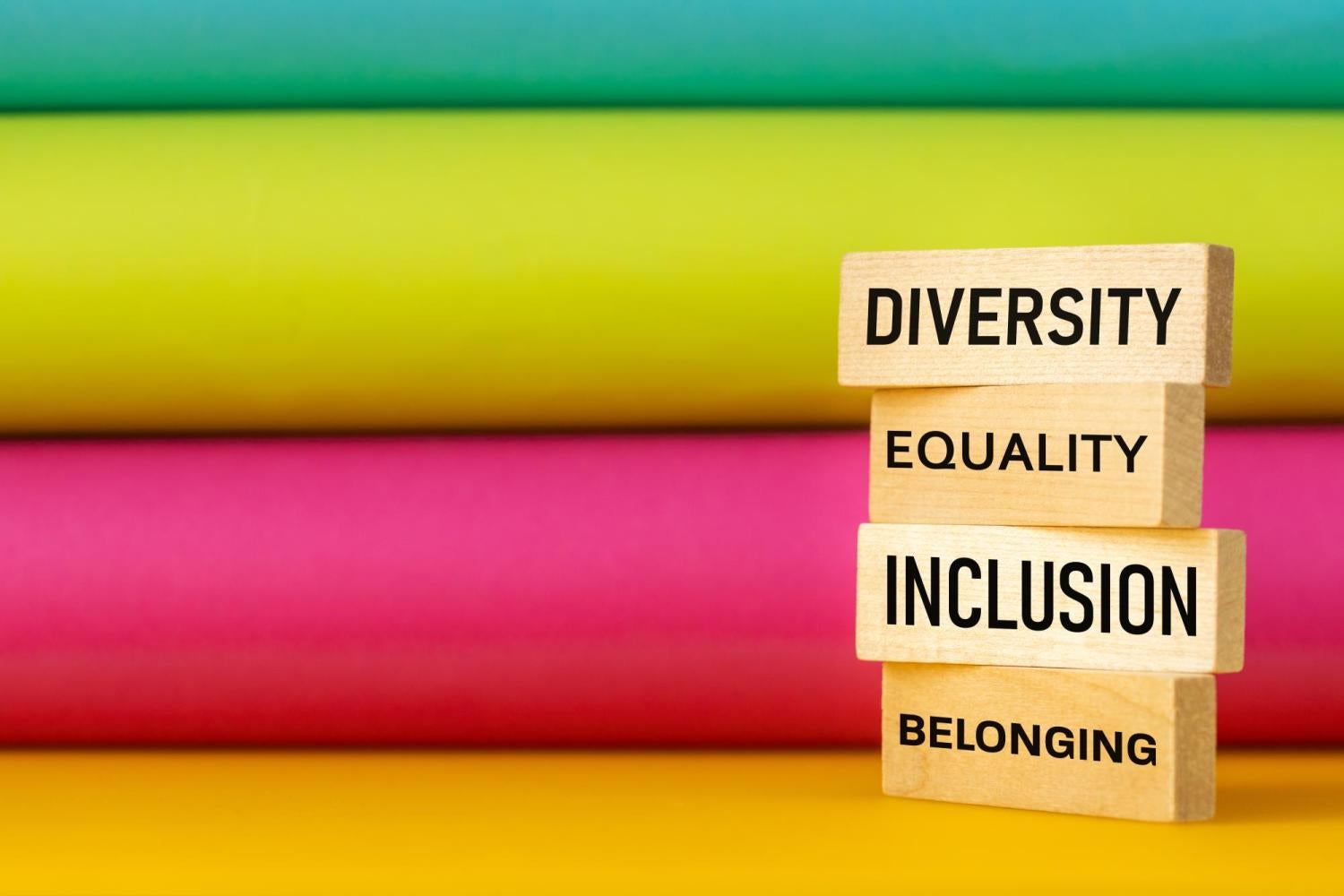Ready for what's next in diversity, equity and inclusion...

According to recent articles from the Chronicle of Higher Education1-2, states across the nation, including Texas, Florida, and Alabama, have introduced laws that significantly impact diversity, equity, and inclusion (DEI) offices and programs in public colleges. These legislative measures range from bans on DEI offices and programs to restrictions on diversity training and statements, sparking a crucial debate about the future of diversity and inclusion in higher education. Amid this turmoil, we at the Office of Graduate Access and Retention (GAR) reflect today on how units in practice can continue to champion DEI values. This reflection is drawn from the innovative Shared Equity Leadership model endorsed by CU Boulder’s Office of the Senior Vice Chancellor for Diversity, Equity, and Inclusion.
The GAR's mission is to build an inclusive graduate community at the University of Colorado Boulder, optimizing strategies that respect and honor the diverse backgrounds, ways of knowing, and lived experiences of students. This mission is more relevant than ever as the institution seeks to adapt its DEI efforts considering the legal and social challenges presented by recent legislative actions. The Shared Equity Leadership model, which promotes a distributed and collaborative approach to leadership in DEI initiatives, is particularly poignant. It ensures that DEI is not the purview of a single office or individual but is a shared responsibility across the fabric of the university. The university's approach includes not only maintaining robust DEI programs but also integrating the principles of shared equity leadership across departments and initiatives.
This year alone, the GAR has been guided by this model to employ key strategies, including inclusive recruitment practices, community engagement, and partnerships that extend beyond the campus to foster a broader ecosystem of support for underrepresented groups in STEM fields. This openness fosters a culture of trust and underscores a dedication to not just meeting, but exceeding, its DEI goals in the face of external challenges.
In sum, embracing diversity, equity, and inclusion as core elements of the GAR's identity and mission is not just a response to external pressures but a commitment to developing a welcoming and equitable STEM community.
1. The Chaos of Compliance: How Public Colleges in two states are actually responding to DEI bans.
2. The Newest DEI Ban Targets Alabama’s Colleges. Here’s How It Compares.

